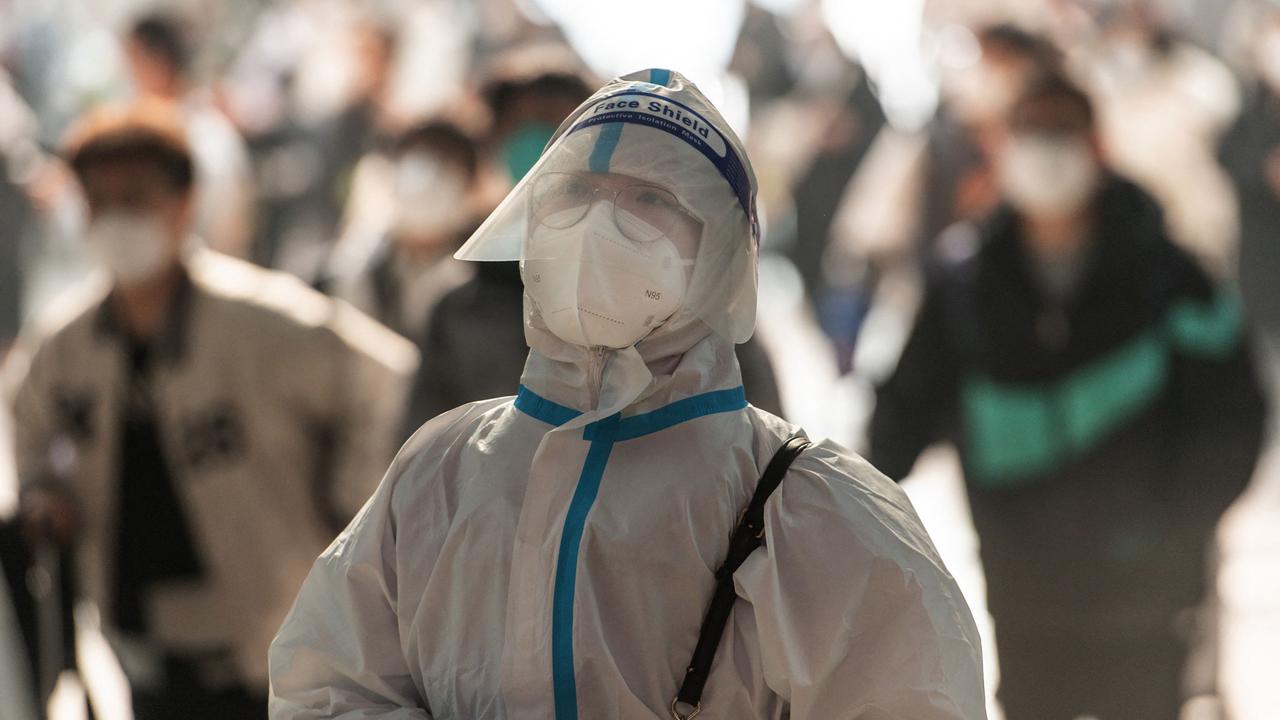COVID’s new epicentre: India ravaged by ‘double mutant’ strain and 100,000 new cases a day
As a “double mutant” strain of COVID and easing restrictions has seen daily cases top 100,000, India is now the new global epicentre for the virus.
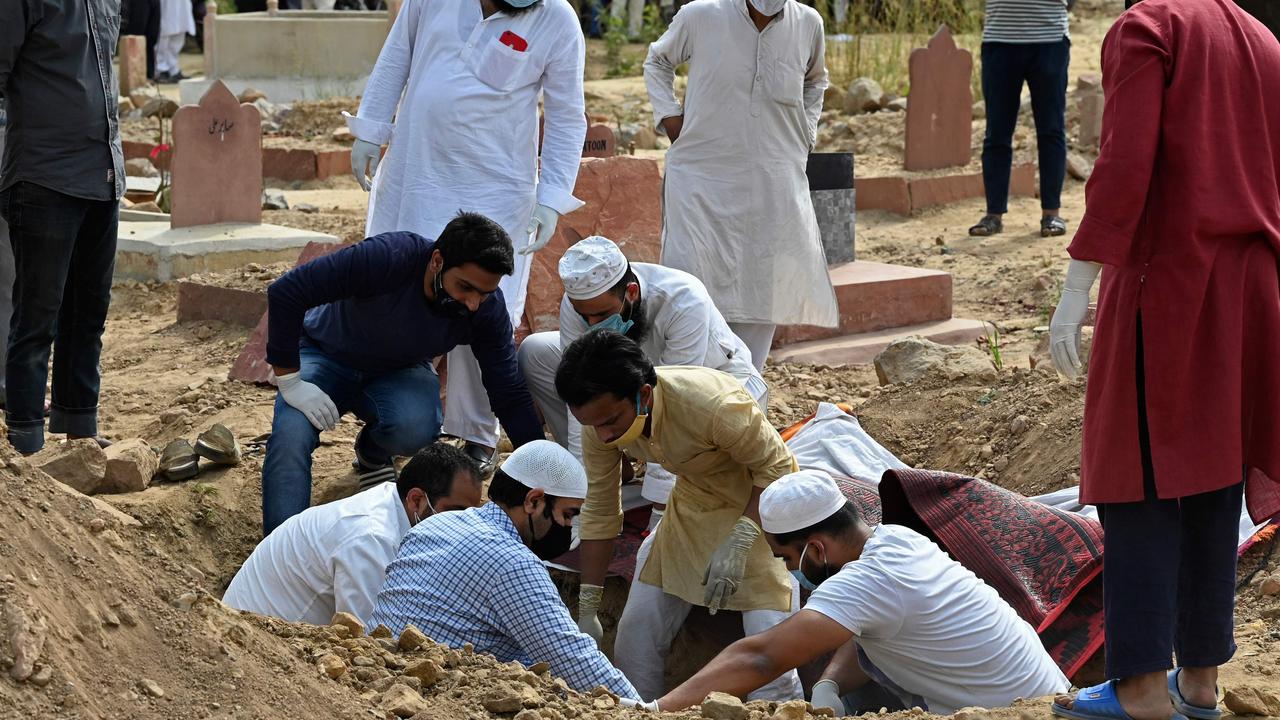
India has become the new global epicentre of coronavirus as daily new cases surge past 100,000 and a “double mutant” strain takes hold in the vast subcontinent.
And if the virus makes its way to rural areas as feared, the country is set to surpass the rest of the world in COVID-19 case numbers.
On Sunday, more than 103,790 cases were recorded as Indian authorities acknowledged the country was being engulfed by a shocking second COVID-19 wave.
Daily infections have grown almost twelvefold since cases dropped to just a few thousand a day in late winter and authorities eased restrictions.
Photographs of Indian people last weekend showed large crowds congregating and few wearing masks.
This comes a fortnight after a new “double mutant” strain was identified among those infected in the nation’s 1.3 billion population.
More than 12.6 million people have been struck down with COVID-19 and the new wave has put it third, behind the US and Brazil, among the countries hardest hit by the virus.
With India’s overcrowding, poverty and insufficient health system, the situation is expected to worsen.
India’s death toll stands at 165,132, the fourth highest total in the world.



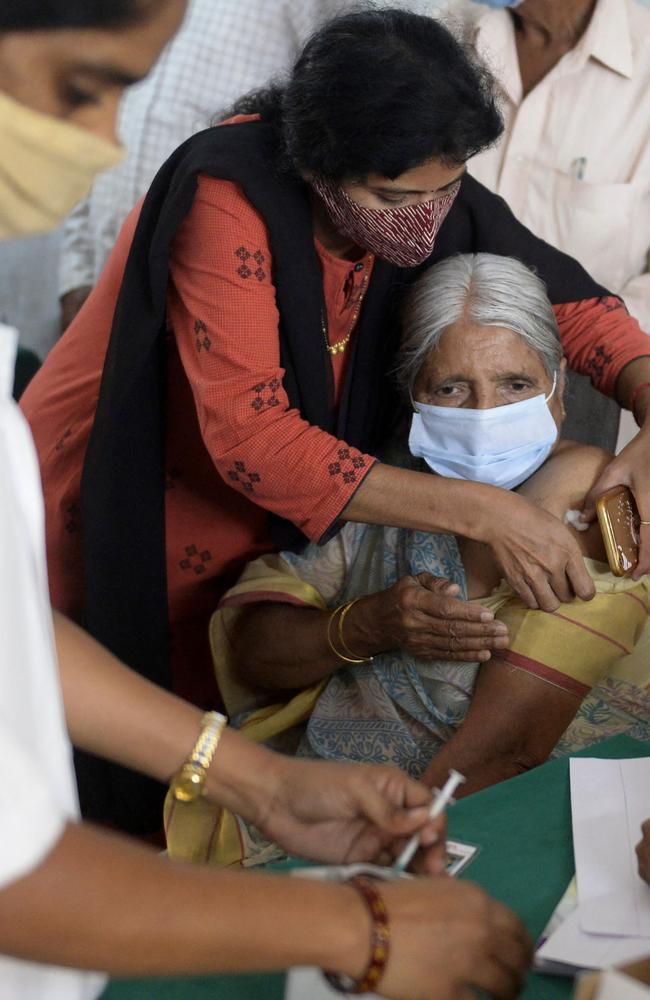
RELATED: Where Australia’s missing 2.5 million vaccine doses are
Crowds continue to gather as infections surge
Politicians are still holding election rallies in different states attended by tens of thousands of people packed in and maskless.
The “double mutant” variant has been detected in more than 200 cases in one of the hardest hit states, Maharashtra in western India.
A throng of people pictured on a beach in the Maharashtran capital of Mumbai last weekend showed little to no social distancing.
Other images from Mumbai show crowds of locals packed into a huge food market.
India’s two approved vaccines, AstraZeneca and Covaxin, which was developed in Hyderabad’s Bharat Biotech laboratory, are effective against mutant variants from the UK and Brazil.
However health officials said the term “double mutant” referred to an entirely new variant that has the characteristics of two already identified strains.
India is ramping up its vaccination program in response to the rising infection numbers. Almost 80 million people have so far been immunised.
RELATED: Labor ramps up criticism over vaccine rollout
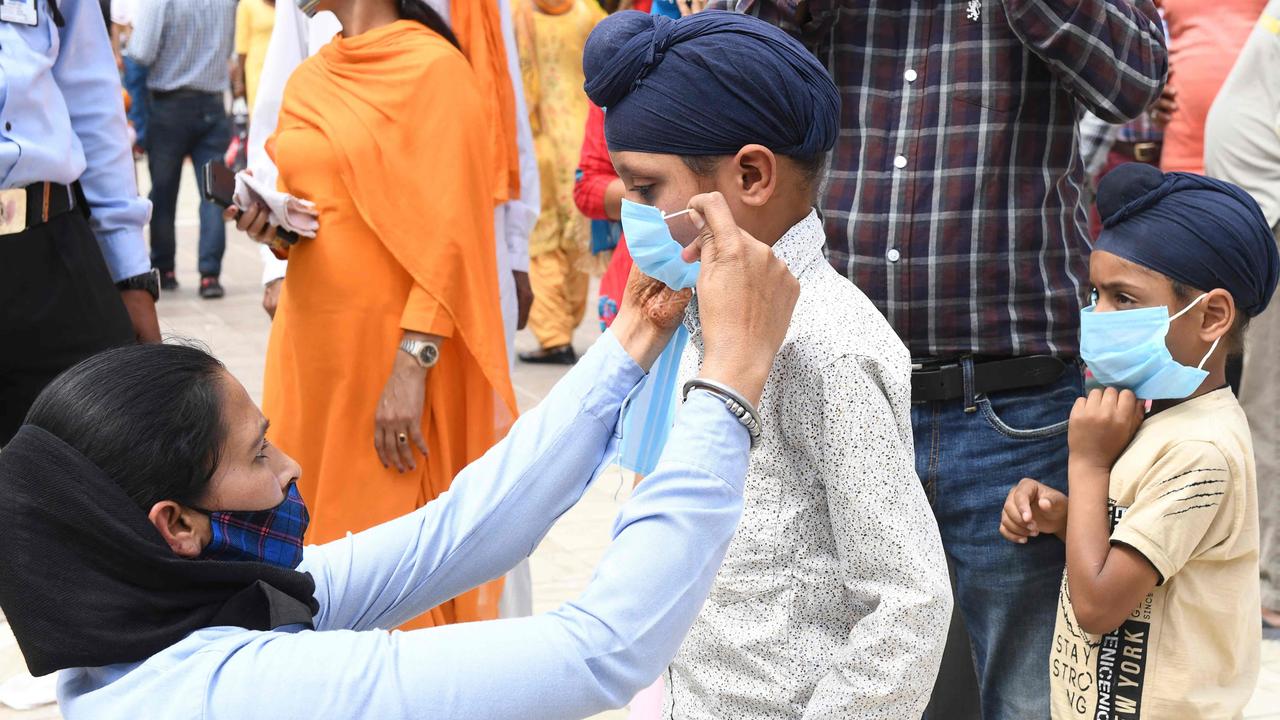
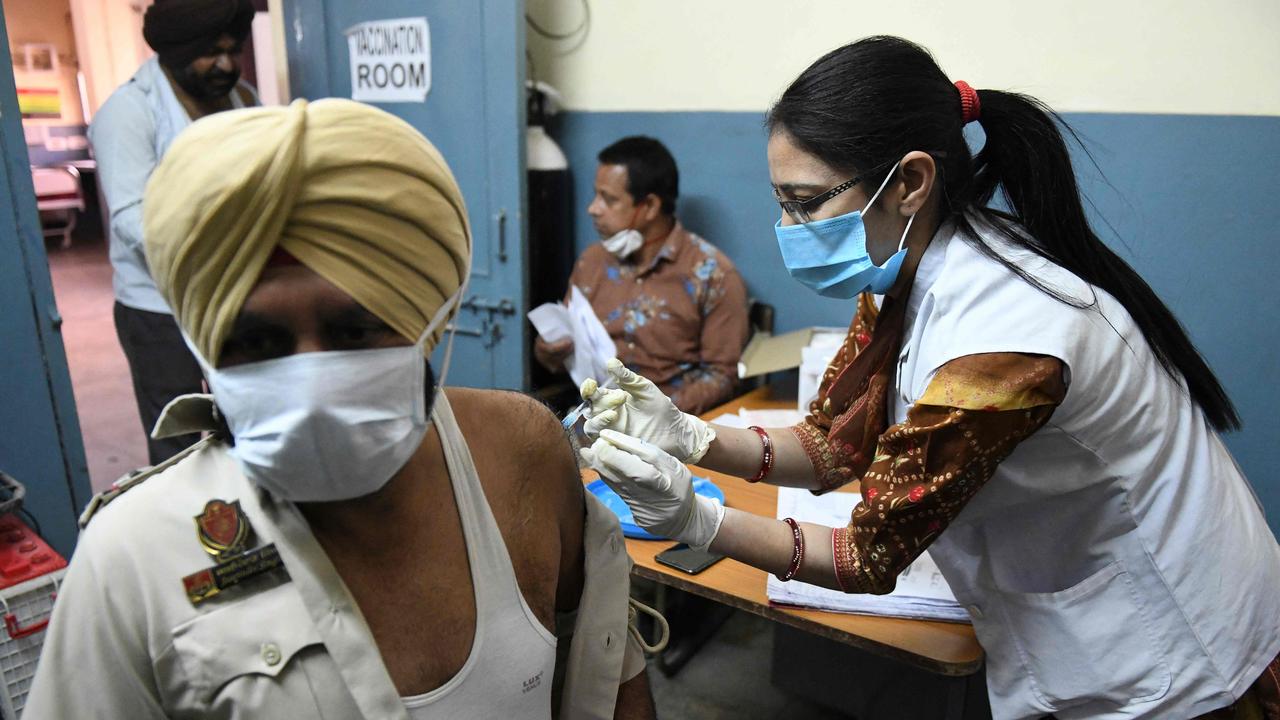

People not following ‘COVID-appropriate behaviour’
The extraordinary new surge led to Prime Minister Narendra Modi holding a high-level meeting of his pandemic team.
Dr Randeep Guleria of India’s pandemic task force said the new infectious virus variants combined with “the lack of appropriate COVID-19 behaviour, of not wearing masks, or keeping social distancing … is the cause of this sharp spike”.
Mr Modi tweeted he “reiterated the importance of the five-fold strategy of testing, tracing, treatment, COVID-appropriate behaviour, and vaccination as an effective way to fight the global pandemic”.
Scientists in Maharashtra are now working to see how the double strain may be more resistant to vaccines.
On Sunday, the state, which has a population of around 123 million, recorded its highest single daily case number of 57,704.
Authorities have now imposed restrictions until the end of the month, including a weekday curfew between 8pm and 7am and a complete weekend lockdown.
Schools, colleges, educational institutions, malls, spas, gymnasiums and restaurants will remain closed.




